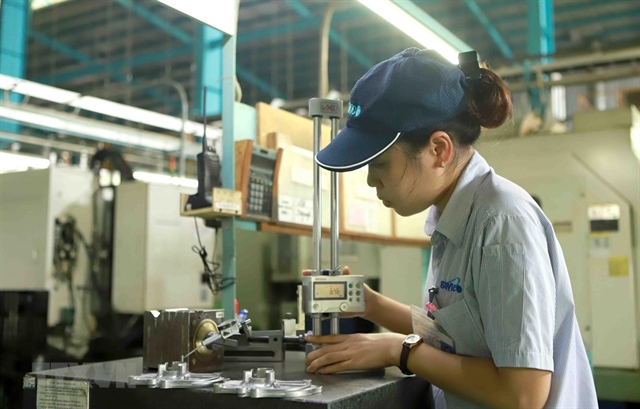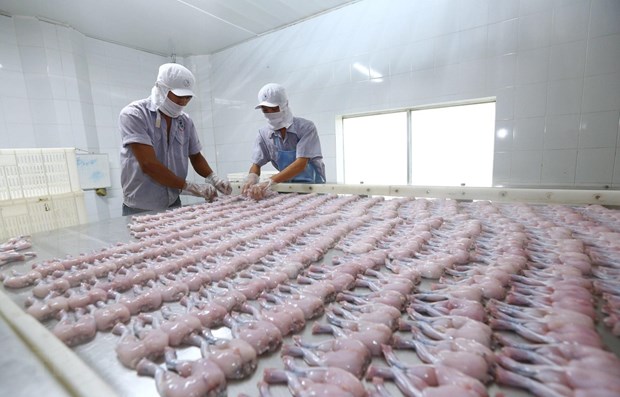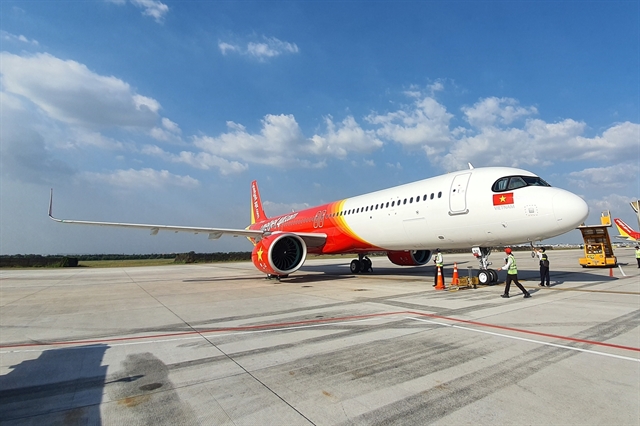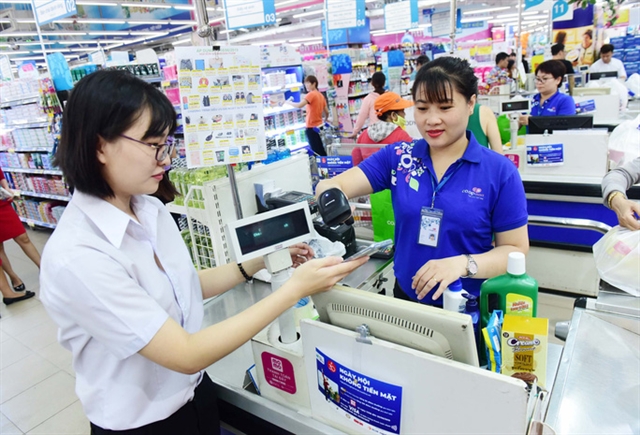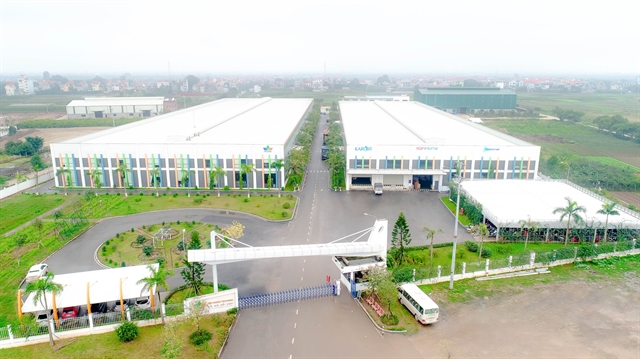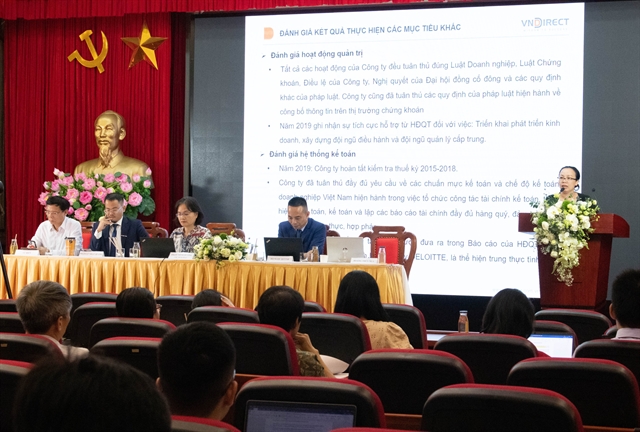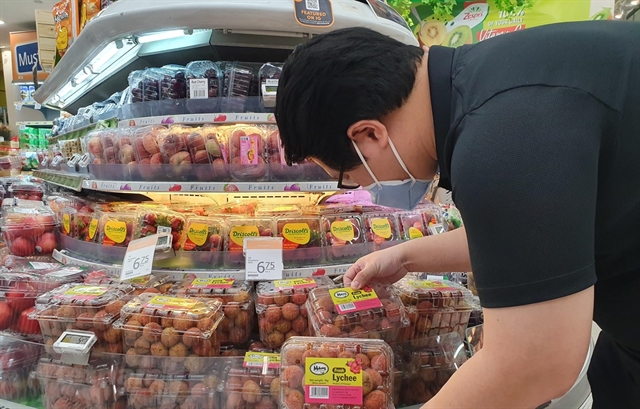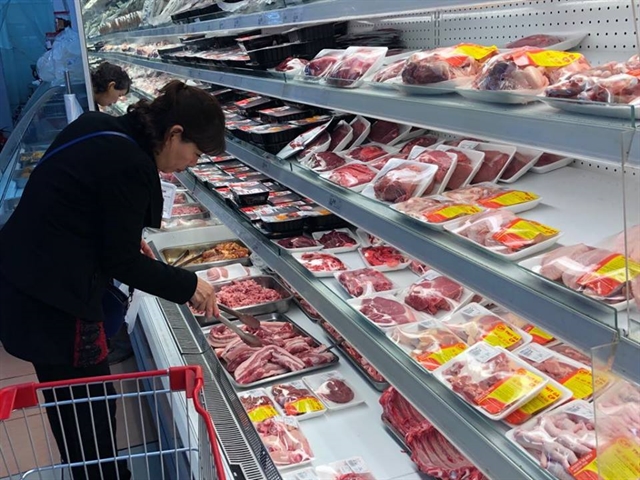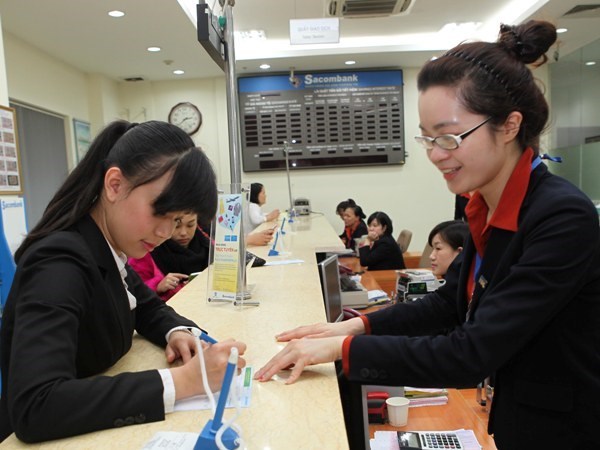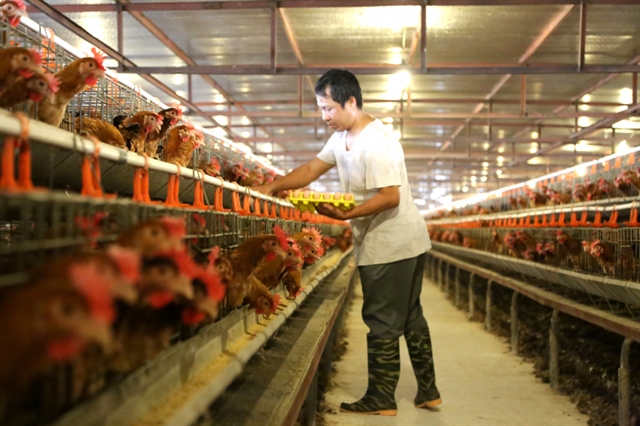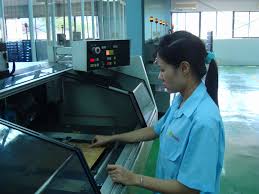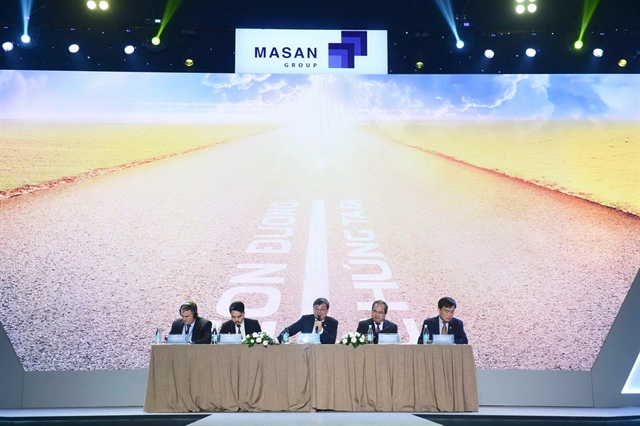
HCM CITY — Việt Nam’s leather and footwear industry should improve its supply chain performance to take advantage of the milestone trade deal that Việt Nam has signed with the EU and to recover from the effects of the COVID-19 crisis, speakers said on Tuesday at an international footwear conference.
Diệp Thành Kiệt, deputy chairman of the Việt Nam Leather, Footwear and Handbag Association (Lefaso), said the domestic footwear industry has had strong performance growth in recent years with increased consumer awareness about branded products.
Việt Nam, the second-largest footwear exporter in the world, has signed free trade agreements with a number of countries such as South Korea, Russia, Kazakhstan and Belarus, among others.
In addition to the Europe-Việt Nam Free Trade Agreement (EVFTA), the footwear and handbag industry can benefit from many other FTAs signed by Việt Nam.
However, the supply and distribution chains of the industry have suffered during the COVID-19 pandemic.
“The pandemic has left thousands of labourers in the sector jobless since orders have been either cancelled or delayed by business partners, leading to significant fall in revenues,” Kiệt said.
Some businesses have reported unsold inventories piling up and are not sure if stocks will clear after the EU reopens.
“Supply chains as well as trade policies will play a major role in the recovery,” he noted.
Beginning in 2022, the industry’s average growth rate is expected to reach 10 per cent per year, he said.
Opportunities
Kiệt said the signing of EVFTA would enhance trade and investment in the footwear industry and that businesses would enjoy enormous tax incentives.
Thirty-seven per cent of Việt Nam’s total footwear export volume to the EU will immediately enjoy zero per cent tariff, while the remainder will see tariffs fall gradually from the current average of 12.5 per cent to zero following roadmaps of three to seven years.
Việt Nam’s biggest competitor in the industry is China. Việt Nam’s footwear products will enjoy a tax difference of between 3.5 to 4.2 per cent when exported to the EU, creating a huge competitive advantage, experts said.
The EU also offers unilateral incentives for a large number of goods originating from Việt Nam under the Generalised System of Preferences (GSP), which will help Việt Nam’s footwear become more competitive than its rival Chinese products in the EU market.
Many foreign footwear producers have shifted their businesses from China to Việt Nam to benefit from the EVFTA.
Although the footwear industry has several advantages, its development still faces challenges such as trade protectionism, rising labour costs and low labour productivity, and lack of application of advanced technology.
Rules of origin
According to the Import-Export Department under the Ministry of Industry and Trade, the ministry had recently signed a circular about rules of origin in the EVFTA.
The circular will come into force on August 1, the day the trade deal takes effect.
With five chapters and 42 articles, the circular is an important legal basis for granting certificates of origin (C/O) for goods exported to the EU to enjoy preferential tariffs provided by the trade deal, the department said.
The early issuance of the circular on rules of origin, just a week after the National Assembly approved the trade deal, was part of the ministry’s action plan to improve the domestic legal framework to implement the EVFTA.
Compared to other trade deals of which Việt Nam is a member, the EVFTA’s rules of origin have more new and complicated provisions.
“The circular is necessary for Vietnamese footwear firms to be able to take advantage of preferential tariffs from the first day the trade deal comes into force,” according to the department.
The ministry said that footwear enterprises must study the rules of origin carefully to have a proper understanding.
Each year, Việt Nam posts nearly $19 billion from footwear exports, with sports shoes holding a big proportion in the sector’s total export value.
Việt Nam’s footwear and bag exports reached $22 billion last year, an increase of 12 per cent compared to 2018.
According to a report assessing the implications of the EVFTA from the Ministry of Planning and Investment, EVFTA ratification will increase footwear exports to the EU. The sector is expected to see a doubling of growth rate in exports to the EU by 2025, with total export value of footwear jumping by around 34 per cent and that of the whole sector by 31.8 per cent.
After eight years of negotiation, the EVFTA was signed on June 30 last year in Hà Nội. The European Council passed the trade deal on March 30 and the Việt Nam National Assembly approved the trade deal on June 8. — VNS



